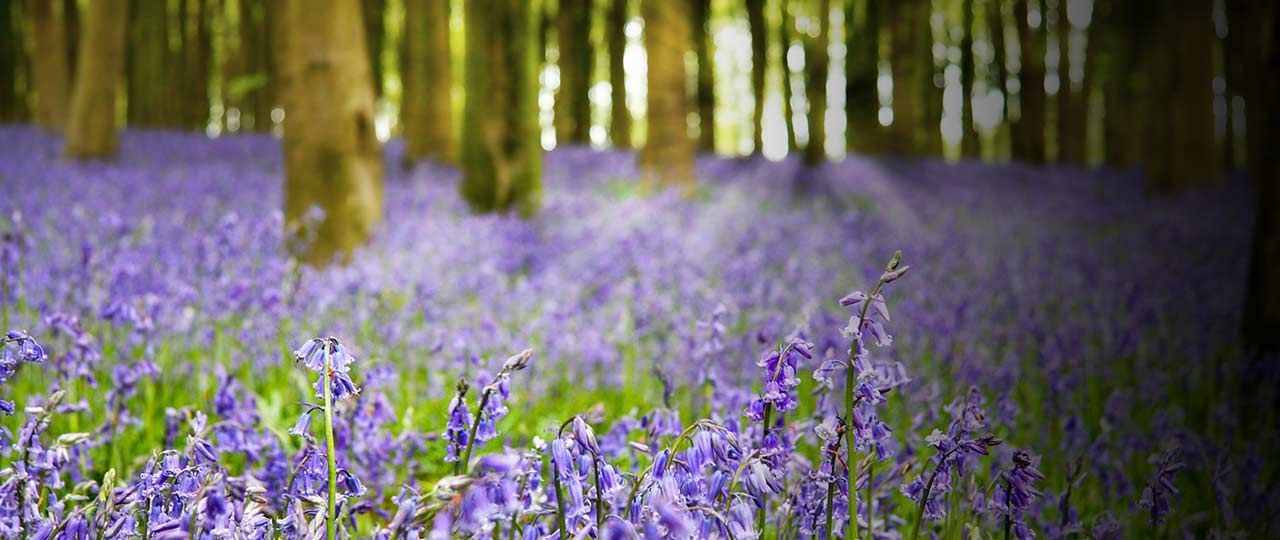
The 2017 winners of the Britain in Bloom competition were recently announced. We take a look at what this accolade means for communities and if it affects the local housing market.
The small Lancashire village of Elswick is currently celebrating being crowned Champion of Champions in the 53rd year of the Britain in Bloom competition. Thousands of communities enter the annual gardening contest and prizes are fiercely contested.
But can scooping one of these prestigious awards affect the local housing market? We have a look at how the fortunes of some past Britain in Bloom winners have changed.
What is Britain in Bloom?
Britain in Bloom is an annual horticultural campaign that aims to support communities in improving their environment through gardening. Around three thousand villages, towns, cities and urban communities take part each year.
Judging takes place in the summer and applicants are assessed on their efforts across three areas: horticultural achievement, community participation and environmental responsibility. Most campaigns are community-led, particularly in smaller towns and villages.
How Britain in Bloom can transform communities
Twenty-one years ago, Elswick was a very different village. You’d have been more likely to find litter than flowerbeds lining the streets and there were problems with vandalism and antisocial behaviour. Now, the village is awash with colour in summer and has been winning regional and national awards for the past five years.
Aberdeen also saw Britain in Bloom as an opportunity to revive its image, transforming itself from the “Granite City” to the “City of Roses”. Beds of roses line the streets and there’s even a special Rose of Aberdeen tartan.
Does winning affect house prices?
A recent Halifax report identified areas where property prices had skyrocketed over the past 20 years. As may be expected, the London Boroughs dominated the list, but the top ten towns outside of the south of England included Britain in Bloom winners, Harrogate and Salford, as well as 2017 finalist, Altrincham.
Gardening champions also pop up in lists of property investment hotspots. Barclays have forecasted growth of 27% by 2021 for the area around Wimborne Minster in East Dorset. High employment rates are likely to be a significant factor in this, but Wimborne’s list of wins in regional and national Bloom competitions won’t have hurt the town’s reputation.
House price growth may have slowed in London this year, but in the commuter towns of north Essex, growth is strong. Halstead and Colchester were both finalists in this year’s national Britain in Bloom awards and have seen soaring house prices in the past few years.
Aside from these anecdotal examples, there is little evidence to indicate a direct correlation between gardening accolades and house prices. Proximity to large cities, transport links and schools are much more significant factors. But being a Britain in Bloom winner can help attract people to a community.
How Britain in Bloom can help attract buyers
There’s no doubt that competing in the Britain in Bloom competition helps improve the visual appearance of a neighbourhood. But it’s not all about flowers. There’s a strong weighting towards environmental responsibility and community participation in the judging and the emphasis is on year-round activities and sustainability.
For many people, a sense of community is an important factor driving their choice of where to live. Winning a Britain in Bloom award engenders a sense of community pride and can help bring the community together. It’s also been shown to reduce crime and boost the local economy.
Many people feel that winning a Britain in Bloom award improves the desirability of an area to prospective buyers. And when there’s greater demand for housing, prices are more likely to rise.
Britain in Bloom property hotspots
If you like the idea of living in a flowering community, here are some places that just can’t stop winning:
Bath. The first ever winner of Britain in Bloom in 1964, Bath holds the record for the most national wins of any city.
Harrogate. Ten-times winner, Harrogate, was nominated for the 2017 Champion of Champions award and has received discretionary awards for tourism and best public park.
Alness. This Highland town, 20-miles north of Inverness, has won Britain in Bloom five times and was the first Champion of Champions winner in 2006.
Aberdeen. Aberdeen dominated the Britain in Bloom winner’s board in the early 1970s and returned in 2006 and 2016 to claim their winner’s trophy.
Shrewsbury. This Shropshire market town was Champion of Champions in 2014 following previous wins in the Small City category.
